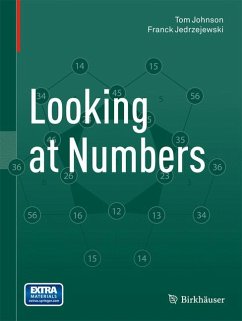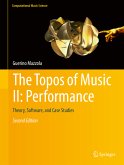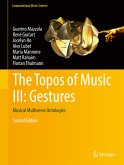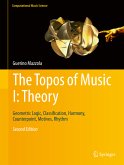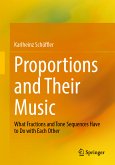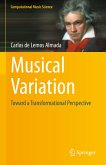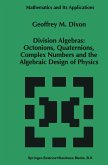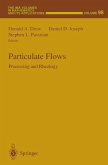Galileo Galilei said he was "reading the book of nature" as he observed pendulums swinging, but he might also simply have tried to draw the numbers themselves as they fall into networks of permutations or form loops that synchronize at different speeds, or attach themselves to balls passing in and out of the hands of good jugglers. Numbers are, after all, a part of nature. As such, looking at and thinking about them is a way of understanding our relationship to nature. But when we do so in a technical, professional way, we tend to overlook their basic attributes, the things we can understand by simply "looking at numbers."
Tom Johnson is a composer who uses logic and mathematical models, such as combinatorics of numbers, in his music. The patterns he finds while "looking at numbers" can also be explored in drawings. This book focuses on such drawings, their beauty and their mathematical meaning. The accompanying comments were written in collaboration with the mathematician Franck Jedrzejewski.
Dieser Download kann aus rechtlichen Gründen nur mit Rechnungsadresse in A, B, BG, CY, CZ, D, DK, EW, E, FIN, F, GR, HR, H, IRL, I, LT, L, LR, M, NL, PL, P, R, S, SLO, SK ausgeliefert werden.

